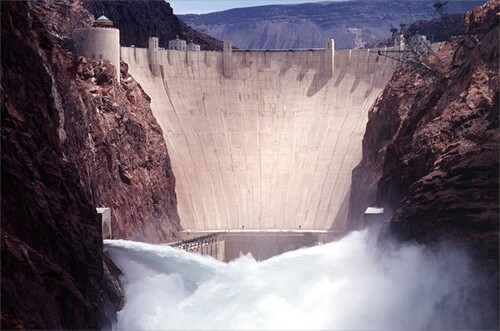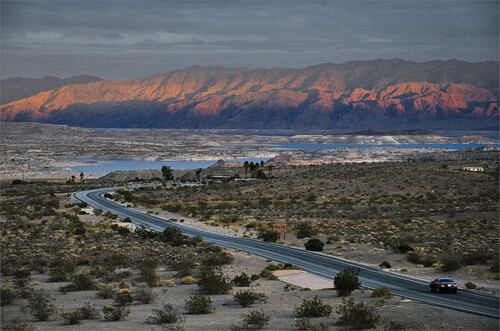

























S&P Global Ratings dropped Los Angeles' ratings and assigned a negative outlook, citing a "weakening financial position and an emerging structural imbalance."
Baker Tilly is preparing a $7 billion merger with Moss Adams, another advisory firm. The deal will close in early June.
"Easing tariffs, a slowing economy and an improved supply/demand outlook for munis in May and onward should drive muni market pricing going forward," BofA strategists said.
Tariffs imposed by the Trump administration are already affecting port operations as Moody's has revised the U.S. ports sector to a negative outlook reflecting an expected 7%-12% decline in volume.
The state plans to price $626 million in GOs, in part, to fund the I-5 bridge replacement
Losing its 501(c)(3) status could cost Harvard $500 million annually.